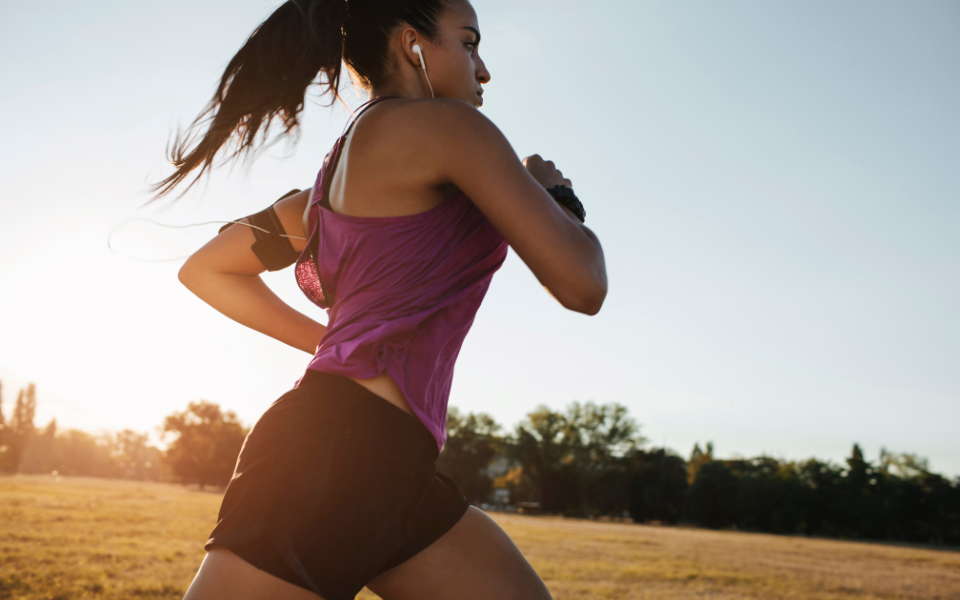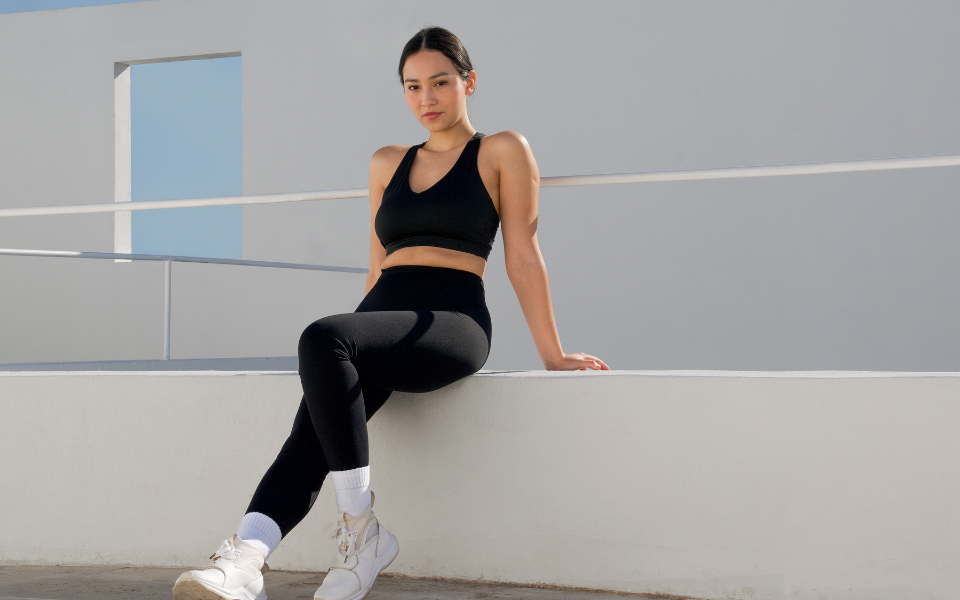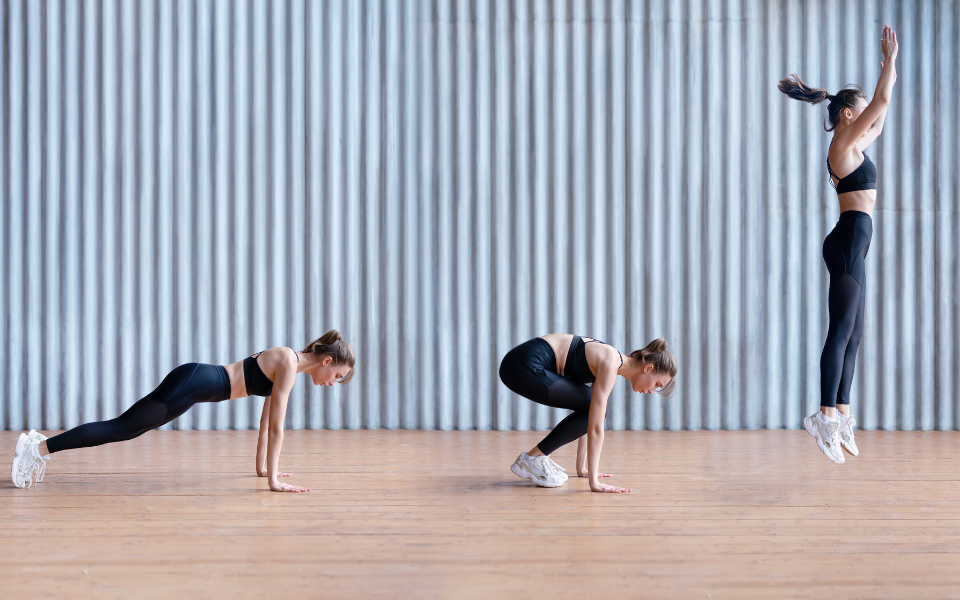
Outdoor Cardio vs. Treadmill: What’s Better for Fat Burn?
Have you ever wondered which cardio option truly maximizes fat burn: pounding the pavement outdoors or running on a treadmill? Both have passionate advocates, but which one gives you the edge when it comes to shedding fat effectively? The answer isn’t as simple as you might think — and diving into the nuances could change the way you approach your fitness routine forever. By the time you finish this article, you’ll have a clear understanding of the fat-burning benefits of outdoor cardio versus treadmill workouts, so you can choose the best strategy for your goals.
Understanding Fat Burn: What Really Matters?
Before comparing outdoor cardio and treadmill workouts, it’s crucial to grasp how fat burn works. Fat loss depends on creating a calorie deficit, which means burning more calories than you consume. Cardio is a powerful tool because it increases your heart rate and metabolism, helping you burn calories both during and after exercise.
Key factors influencing fat burn include:
-
Workout intensity
-
Duration of exercise
-
Body composition and fitness level
-
Environmental conditions
With these in mind, let’s explore how outdoor cardio and treadmill training stack up.

Outdoor Cardio: The Natural Fat-Burning Machine
The Benefits of Running Outside
Running outdoors provides a dynamic and challenging environment. Unlike the treadmill, where the speed and incline are controlled, outdoor running requires your body to adjust constantly to:
-
Terrain variations (hills, uneven surfaces)
-
Weather conditions (wind, temperature)
-
Natural obstacles
This variability means your body works harder, recruiting more muscles and increasing calorie burn. In fact, studies show that running outdoors can burn up to 10% more calories compared to treadmill running at the same pace.
Psychological Boost and Motivation
Outdoor cardio also stimulates your mind differently. The changing scenery, fresh air, and sunlight can improve your mood and motivation, reducing the perception of effort and making it easier to sustain longer workouts — a key for fat loss.
Natural Interval Training
When you run outside, natural inclines and changes in pace often create unconscious interval training, where your heart rate fluctuates. This can elevate your afterburn effect (EPOC), meaning you continue burning calories after exercise.
Potential Downsides
-
Weather dependency: Rain, heat, or cold can limit outdoor workouts
-
Risk of injury: Uneven surfaces increase risk of trips or strains
-
Accessibility: Not everyone has safe, convenient outdoor spaces nearby

Treadmill Cardio: Controlled Environment, Consistent Results
Precision Training
Treadmills offer unmatched control over speed, incline, and workout structure, allowing you to tailor your workout precisely to your fitness level and goals. This control can help you:
-
Maintain a consistent pace for steady-state cardio
-
Perform specific interval training with timed speed changes
-
Adjust incline to simulate hill running without outdoor unpredictability
Fat Burn on the Treadmill
While outdoor running challenges your muscles in varying ways, treadmill workouts allow you to track your calorie burn accurately through built-in monitors. The treadmill’s cushioning also reduces joint impact, enabling longer or more frequent workouts with less injury risk.
Convenience and Safety
You can work out on a treadmill anytime, regardless of weather or time of day, and avoid hazards like traffic or poor lighting.
Potential Downsides
-
Can feel monotonous, which may reduce workout enjoyment and duration
-
Less muscle activation from stabilizing and balancing on flat, predictable surfaces
-
Slightly lower calorie burn per minute compared to outdoor running at the same pace
Comparing Calorie Burn: Outdoor vs. Treadmill
Research Insights
Studies comparing treadmill and outdoor running find that running outdoors tends to burn more calories due to the additional effort required to overcome wind resistance and varied terrain. For example, running outdoors on flat ground generally burns about 5-10% more calories than on a treadmill.
Incline adjustments on a treadmill can mimic hill running and increase calorie burn, but the overall effort still tends to be slightly lower because the treadmill belt assists leg turnover.
Practical Takeaway
If your goal is maximum fat burn, outdoor cardio naturally engages more muscles and demands more energy, making it a great choice. However, using treadmill incline and interval programs can narrow the gap significantly.
Muscle Engagement and Workout Intensity
Outdoor Cardio Activates More Muscles
Running outside requires more stabilizing muscles to maintain balance on uneven surfaces. You’ll engage your core, hips, and ankles more actively, enhancing overall muscle tone alongside fat loss.
Treadmill Focuses on Targeted Movement
Treadmills provide a consistent, repetitive motion focusing mainly on the lower body muscles. While effective, the lack of balance challenges means fewer stabilizing muscles are recruited.
Interval Training: Which Is Better?
Both outdoor cardio and treadmill workouts can incorporate interval training — alternating bursts of high intensity with recovery periods. However, treadmills allow for precise timing and control, which some athletes prefer for structured programs.
Outdoor intervals are more intuitive and can be adjusted on the fly based on terrain or effort level.

Safety and Injury Considerations
Outdoor Risks
-
Uneven terrain increases risk of ankle sprains and falls
-
Environmental hazards like traffic or poor lighting can be dangerous
-
Weather extremes may increase injury risk or reduce workout consistency
Treadmill Safety
-
Controlled environment reduces risk of unexpected obstacles
-
Soft surface reduces joint stress and impact injuries
-
Potential for repetitive strain injuries if technique is poor
Practical Tips: Maximizing Fat Burn in Both Settings
Outdoor Cardio Tips
-
Use varied routes with hills to increase intensity
-
Incorporate natural interval training by sprinting between landmarks
-
Wear appropriate footwear to protect joints on uneven ground
-
Stay hydrated and protect skin from sun exposure
Treadmill Cardio Tips
-
Use incline settings to simulate hills and increase calorie burn
-
Incorporate HIIT workouts for maximum fat-burning efficiency
-
Focus on maintaining good posture and foot strike to prevent injury
-
Mix steady-state and interval sessions to keep workouts interesting
Which Should You Choose?
Personal Preference and Lifestyle
Ultimately, the best cardio for fat burn is the one you enjoy and will stick with consistently. Some prefer the freedom and scenery of outdoor cardio, while others value the convenience and control of treadmill workouts.
Combining Both for Best Results
For balanced fitness and sustained fat loss, many experts recommend combining outdoor cardio and treadmill training. This way, you gain the benefits of both: the natural challenge and mental boost of outdoor workouts, plus the precision and safety of treadmill sessions.

The Role of Activewear in Outdoor and Treadmill Cardio
Choosing the right gear is critical. Whether you’re sweating it out outdoors or on a treadmill, comfortable, breathable, and supportive activewear enhances performance and motivation. At DALL, we design activewear that moves with your body, offering seamless comfort and durability — perfect for every cardio session.
Conclusion
When it comes to fat burn, both outdoor cardio and treadmill workouts have unique advantages. Outdoor cardio naturally burns more calories and engages more muscles due to variable terrain and environmental factors. Treadmills offer controlled, customizable workouts with less injury risk and greater convenience.
The ultimate secret? Consistency and enjoyment. Choose the option that fits your lifestyle and keeps you motivated, or mix both for the best fat-burning results. And remember, whatever your choice, gear up with DALL’s high-quality activewear designed to support your every move — indoors or out.
Seamless comfort, maximum performance, and style. That’s DALL.



